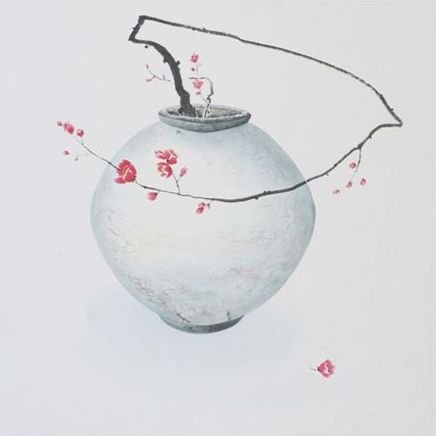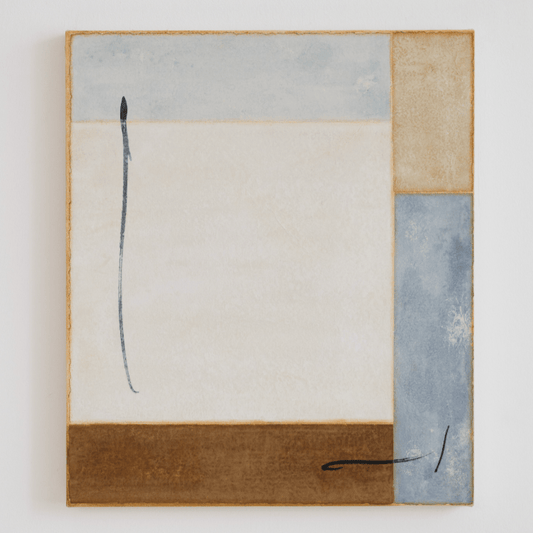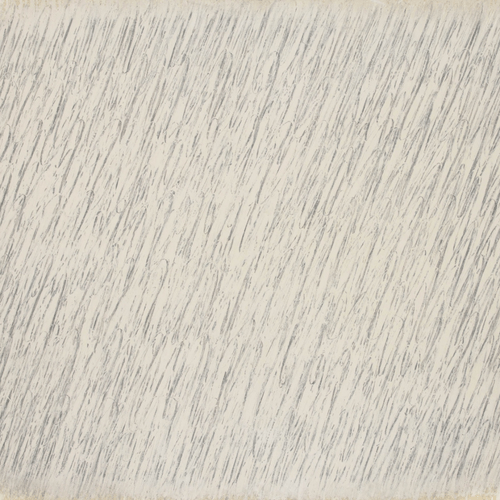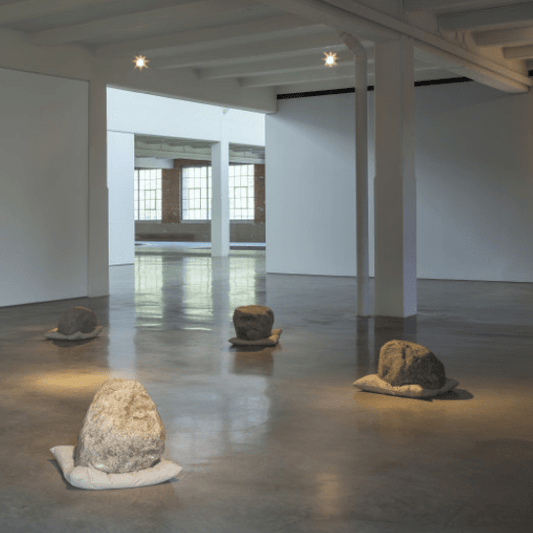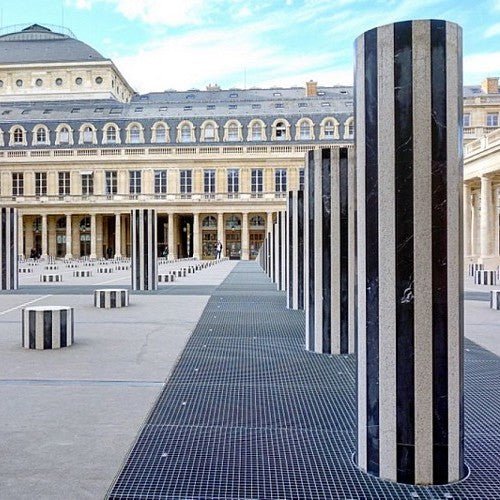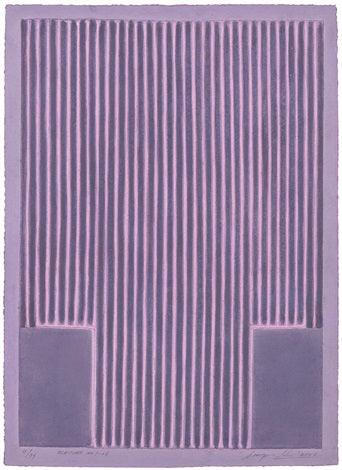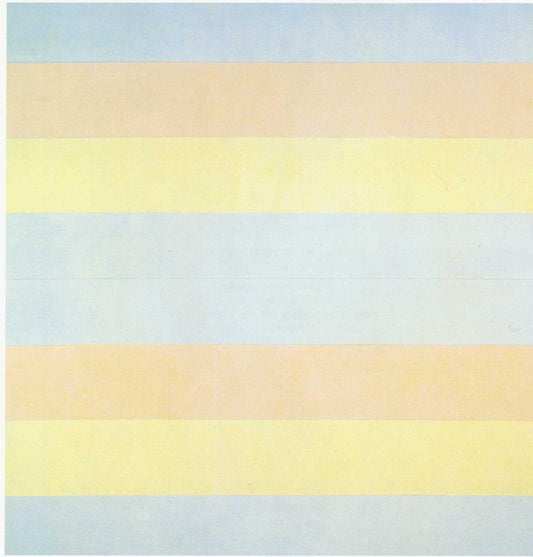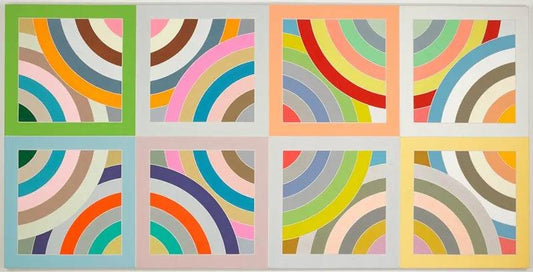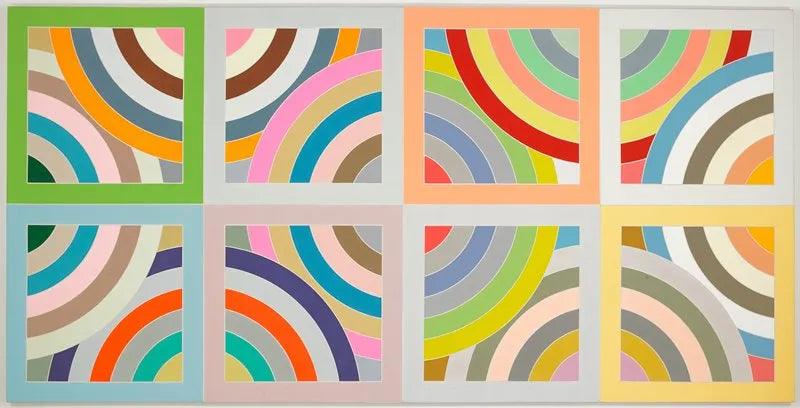
The Essence of Minimalism
The Essence of Minimalism
In the vast and diverse world of art, minimalism stands out as a timeless and influential trend that has captivated audiences and artists alike. Defined by simplicity, clean lines, and a focus on essential elements, minimalism in art has left an indelible mark on the creative landscape. Let's embark on a journey to unravel the essence of this captivating trend, exploring its definition, historical roots, reasons for popularity, notable artists, and iconic art pieces.
Definition of Minimalism in Art
Minimalism is an aesthetic that champions simplicity and strives to distill forms to their fundamental components. This movement, which emerged in the mid-20th century, emphasizes geometric shapes, neutral colors, and a reduction of unnecessary elements. The goal is to convey profound ideas and emotions through a minimalist, yet impactful, visual language.
Historical Roots
The roots of minimalism can be traced back to the mid-20th century, finding early expressions in movements like De Stijl and the Bauhaus. Artists such as Piet Mondrian and Kazimir Malevich laid the groundwork for minimalism by exploring geometric abstraction and simplification of form. However, it wasn't until the 1960s that minimalism as a distinct movement gained momentum.
Why Minimalism Became Popular
The rise of minimalism can be attributed to a desire for a departure from the complexity and excesses of preceding art movements, such as Abstract Expressionism. In a world saturated with visual information, artists sought a visual language that was direct, uncluttered, and capable of conveying profound meaning without unnecessary embellishments. Minimalism offered a refreshing departure from the ornate, allowing for a deeper connection between the artwork and the observer.
Notable Artists and Their Iconic Pieces
Several artists have become synonymous with the minimalism movement, leaving an enduring legacy with their groundbreaking works:
- Donald Judd: Known for his three-dimensional geometric sculptures, Judd's emphasis on the interaction between object and space redefined the boundaries of traditional art.
- Agnes Martin: Martin's minimalist paintings, characterized by subtle grids and delicate lines, evoke a sense of serenity and introspection.
- Frank Stella: Stella's early minimalist works, such as the "Black Paintings," showcased a radical departure from traditional painting, emphasizing flatness and precision.
- Ellsworth Kelly: Renowned for his colorful, shaped canvases, Kelly's work embodies simplicity and a profound exploration of form and color.
Contemporary Minimalism
While rooted in history, minimalism continues to influence contemporary artists who explore its principles in various mediums. From photography to sculpture and digital art, the minimalist aesthetic remains a relevant and enduring force, resonating with those seeking clarity and contemplation in a visually saturated world.
1. Yayoi Kusama

- Notable Piece: "Infinity Mirrored Room – Filled with the Brilliance of Life" (2011)
- Why: Yayoi Kusama's immersive installations, characterized by repeated patterns and mesmerizing reflections, redefine space and captivate audiences. "Infinity Mirrored Room" is an enchanting journey into endless, mirrored space.
2. Dan Flavin

- Notable Piece: "Untitled (Marfa Project)" (1996)
- Why: Dan Flavin is renowned for his work with fluorescent light as a medium. "Untitled (Marfa Project)" bathes the space in a soft, colorful glow, demonstrating how simplicity of form and light can evoke powerful emotions.
3. Agnes Martin

- Notable Piece: "With my Back to the World” (1997)
-
Why: Agnes Martin made works that were non-representational, yet their titles highlighted a strong allure to nature. Martin was known for the grid work in her paintings that blend together Minimalism and Colour Field. She used these grids as an organizational element to her works, creating infinite variations of calming canvases with subtle colors.
4. Carmen Herrera

- Notable Piece: "Blanco y Verde" (1966)
- Why: Carmen Herrera's geometric compositions, like "Blanco y Verde," showcase a mastery of color and form. Her meticulous approach to balancing elements within the canvas exemplifies the harmony central to minimalist art.
5. Anish Kapoor

- Notable Piece: "Cloud Gate" (2006)
- Why: Anish Kapoor's monumental sculptures often explore form and reflection. "Cloud Gate," also known as "The Bean," in Chicago's Millennium Park, is an iconic example of how minimalism can interact with and reflect its surroundings.
6. James Turrell

- Notable Piece: "Roden Crater" (ongoing project)
- Why: James Turrell's ambitious "Roden Crater" project transforms an extinct volcanic crater into an observatory of celestial events. Through carefully crafted apertures, Turrell invites viewers to experience the play of light and space in a profoundly minimalist setting.
In essence, minimalism in art is not merely a style; it's a philosophy—a deliberate choice to distill the artistic expression to its purest form. By embracing simplicity, minimalism invites viewers to engage with art on a deeper level, appreciating the beauty found in the essential.
Brynn also embraces the philosophy of minimalism. By intricately condensing the most progressive and intricate skincare science we have made it simpler to use than any other product from the customer's perspective.




